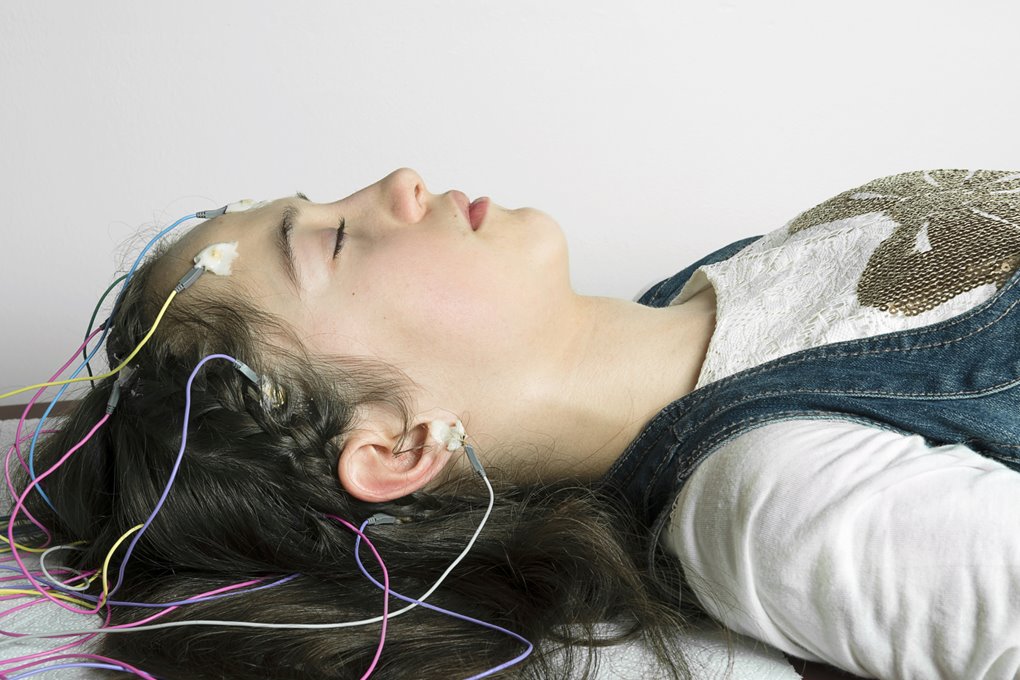Neuropathy can be said to be a dysfunction or disease of the peripheral nerves, usually causing weakness or numbness. Diabetic Neuropathy is, therefore, a complication that causes nerve damage due to diabetes. The high sugar content of blood causes the damage of nerves commonly found in the legs and hands. Since this condition affects all the peripheral nerves, it can equally affect other organs of the body.
What are the symptoms of this condition?
Symptoms vary depending on the type of nerves and the kind of neuropathy. There are four types of diabetic neuropathy. Most of these diseases develop gradually and you may not be able to notice complications until considerable damage has manifested. The diseases include Peripheral neuropathy, Mononeuropathy, Radiculoplexux neuropathy and Autonomic neuropathy.
1. Peripheral Neuropathy
This normally affects the legs and the feet, and then goes to the hands and arms. It leads to critical foot conditions such as ulcers, deformities, pain in the joint; it can also extend to dangerous levels that may lead to amputations.
At night symptoms are often worse and include, burning sensation or a tingling, loss of reflexes particularly in the ankles, muscle weakness, loss of balance and sharp pains or cramps and an amplified sensitivity to touch.
2. Mononeuropathy
Also called focal neuropathy, Mononeuropathy is a painful disease that is characterized by impairment of particular body nerves. These nerves could be on the torso, face or legs. This type of disease appears without a warning and it is seen mostly in older people. However these diseases are not long lasting and the symptoms usually diminish and disappear without intervention either within few weeks or months.
The signs and symptoms normally depend on the type of nerve that is affected. The symptoms may include double vision or an aching behind ones eye, pain in the foot and skin, pain in the lower pelvis or the lower back, pain the chest or in the front part of your thigh, bell’s palsy (paralysis on one side of the face)
Mononeuropathy occurrence may be due to compression on the nerves. One common type of such nerve compression with people suffering from diabetes is the Carpal tunnel syndrome.
3. Radiculoplexus neuropathy
This complication is also known as femoral neuropathy, diabetic amyotrophy or proximal neuropathy. It affects typically thighs, buttocks, hips or legs. It is mostly common to people suffering from diabetes type 2 and also elderly people. Other symptoms include abdominal swelling, weight loss, and difficulty in rising up when seated.Autonomic neuropathy
4. Autonomic neuropathy
This can be denoted as the neuropathy of the autonomic nervous system. It is responsible for the control of organs like heart, lungs, stomach, bladder, sex organs, eyes and the intestines. It may also lead to complications such as urinary retention, urinary tract infections, increased or decreased sweating and the inability of the body to detect the level of sugar. In addition to that, sufferers may show gastroparesis, difficulty in swallowing, and difficulty in regulating the body temperature.
According to studies, it is estimated that about 60-70 percent of people suffering from diabetes have some form of neuropathy. Some of the exaggerated symptoms in diabetes may be due to neuropathy. Before conclusions are made, it is wise to go and get check up from a medical practitioner.
Sourced from: Mayo Clinic
Photo by: Alden Chadwick / CC by



